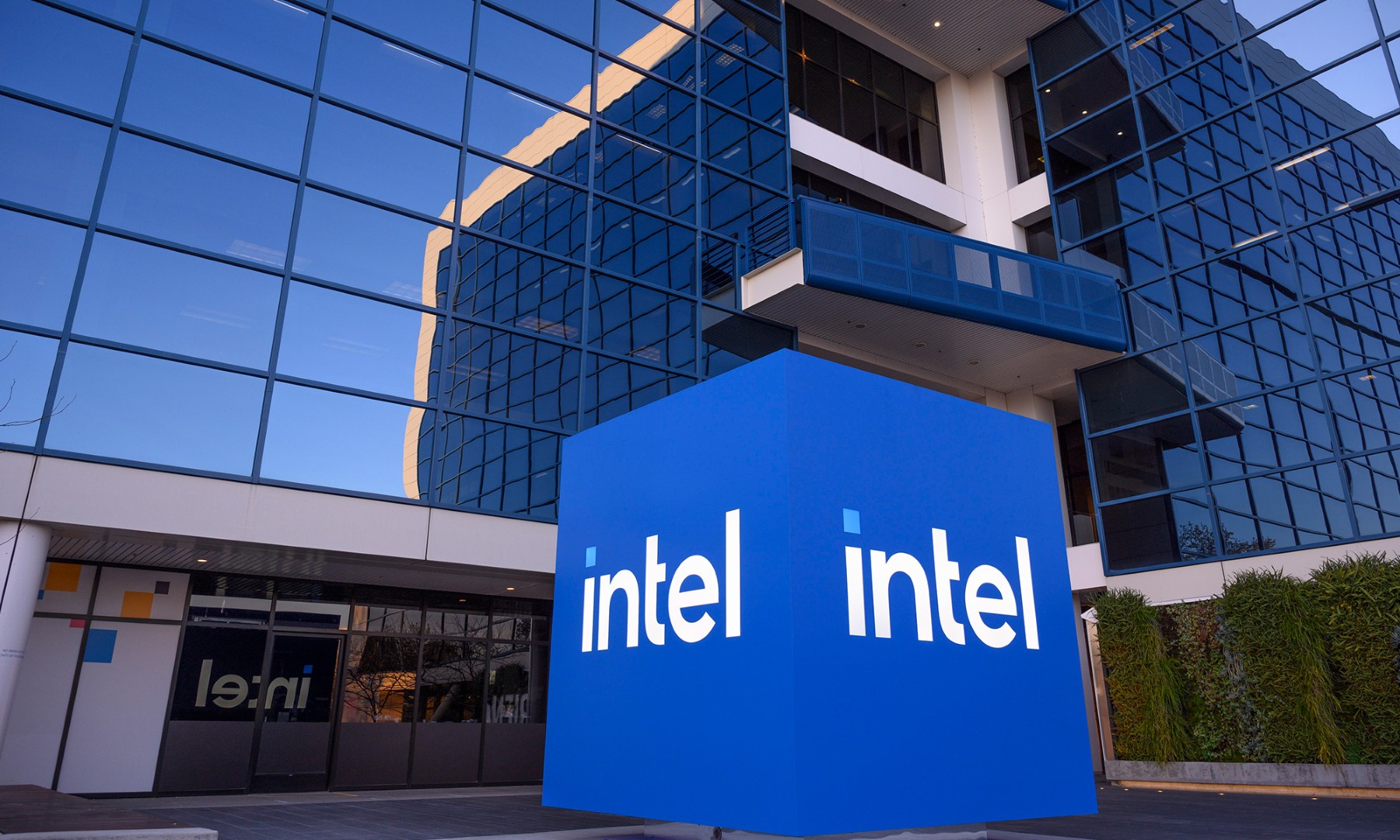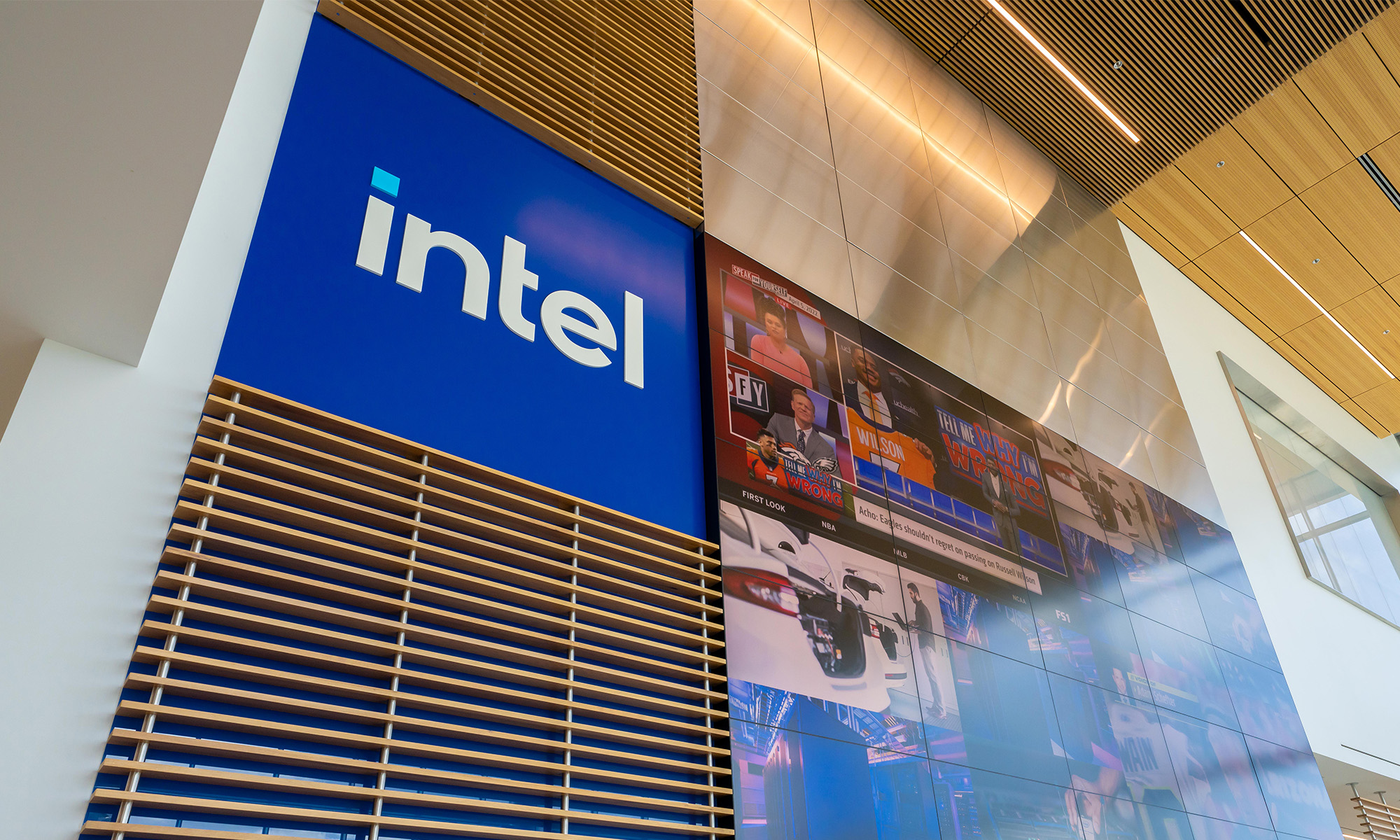The two largest semiconductor companies in the world, Intel (INTC 0.95%) and Qualcomm (QCOM 1.44%), share a long rivalry, even though they specialize in and dominate different areas of the global processor market. So let's examine Qualcomm and Intel in three important areas to find which stock looks like the better buy today.
Financial fortitude
Through the power of their business franchises, Intel and Qualcomm each earn a clean bill of financial health. Here's an overview of several of the most important measures for liquidity and solvency for the two companies:
| Company | Cash and Investments | Debt | Cash From Operations | Current Ratio |
|---|---|---|---|---|
| Intel | $17.3 billion | $25.7 billion | $21.6 billion | 1.6 |
| Qualcomm | $28.9 billion | $11.8 billion | $6.1 billion | 1.6 |
Data sources: Intel and Qualcomm investor relations and Yahoo! Finance.
The companies excel in these measures of financial fortitude in different regards. When it comes to net cash -- financial shorthand for cash and investments minus debt -- Qualcomm's $17.1 billion in net cash is miles ahead of Intel's $8.4 billion in net debt. It should be noted, though, that Intel's capital structure should be more leveraged than Qualcomm's, since Intel owns its own chip-fabrication foundries, which require significant annual capital expenditures. Qualcomm, on the other hand, outsources its foundry needs, making its business model more capital-light.
Intel enjoys an overwhelming advantage against Qualcomm in the cash generation of its core operations, although the company's capex requirements are also much higher than those of Qualcomm. However, this advantage is so disproportionate that it tips the balance between the two companies. This preposterous cash-flow production gives Intel so much more flexibility in terms of pursuing acquisitions, moving into new areas of business, rewarding its shareholders, and the like that this alone makes Intel more desirable than Qualcomm on this count.
Winner: Intel.
Image source: Getty Images
Durable competitive advantage
Intel and Qualcomm each exhibit dominant business models under normal circumstances. That "normal" qualifier matters, especially in Qualcomm's case, because the status quo at the San Diego-based chipmaker is anything but normal.
Qualcomm generates about two-thirds of its sales from its mobile-chip business and 85% of its pre-tax profits from its patent licensing division. This intellectual-property licensing segment uses Qualcomm's trove of patents to collect royalties from mobile-device makers that use critical 3G and 4G technologies Qualcomm helped invent.
Unfortunately for Qualcomm, it's been stung by a series of fines and antitrust lawsuits from a growing list that includes the Chinese government, South Korean regulators, the European Union, the Federal Trade Commission, and Apple. All told, the resultant penalties -- both paid and those still outstanding -- total nearly $3 billion, and Qualcomm has vowed to fight the ongoing legal battles. So while Qualcomm's business is formidable under normal circumstances, it's hard to tell how circumstances could change for the company in the next year or two.
On the other hand, Intel's primary problems have been growth-related. The company dominates the markets for PC and server microprocessors, which gives it a massive base of high-margin sales. However, product-development missteps caused Intel fail to capture much of the massive growth that the smartphone market unleashed over the past decade, much to Qualcomm's and others' benefit.
Intel is determined to learn from that mistake. It has moved aggressively to produce chips that cater to some of the largest tech trends of the day, areas such as the Internet of Things and artificial intelligence. For example, Intel raised eyebrows in the tech community when it paid $15.3 billion for self-driving-car hardware start-up Mobileye. Intel claims the transaction opens it to a $100 billion long-term opportunity.
Under normal circumstances, it might be hard to determine which of the two companies enjoyed better competitive dynamics. However, because of Qualcomm's legal woes and Intel's aggressive efforts to break into next-gen growth markets, Intel wins this segment of our analysis.
Winner: Intel.
Valuation
Intel and Qualcomm share a lot in common in terms of their valuations. Here are three of the most commonly used valuation metrics for each name:
| Company | P/E | Forward P/E | EV/EBITDA |
| Intel | 15.9 | 12.3 | 7.5 |
| Qualcomm | 17.7 | 10.3 | 10.3 |
Data source: Yahoo! Finance.
The two chipmakers' earnings multiples sit largely in line with one another, and Intel's lower EV/EBITDA ratio results from Intel's superior cash-flow generation.
So what are the investing implications? The important thing to remember whenever you look at valuations is that they don't occur in a vacuum. Instead, investors must compare valuation to the business' current outlook to understand whether it looks like an attractive investment.
Applying this point to Qualcomm and Intel, we see two companies with similar valuations but differing degrees of competitive strength. Intel is on stronger footing at present, so its valuation should also be seen as more appealing in this instance.
Winner: Intel.
And the winner is... Intel
Between the two, it requires far less imagination to predict what will happen to Intel. As a large company flexing its muscle as an incumbent, Intel is unlikely to remain the de facto power in the PC and server markets. This financial power will also allow it to successfully bull-rush its way into important growth markets. Given its size, it's unlikely to produce ten-bagger returns, but the future generally appears positive.
Qualcomm, on the other hand, remains much more of a wild card. given the complexity of its legal woes. If the current suits are proved invalid, those holding its shares could be treated to some kind of a relief rally. However, a potential negative ruling could threaten its entire patent licensing business model. For that reason, Intel deserves to win this analysis as the better stock to own today.








